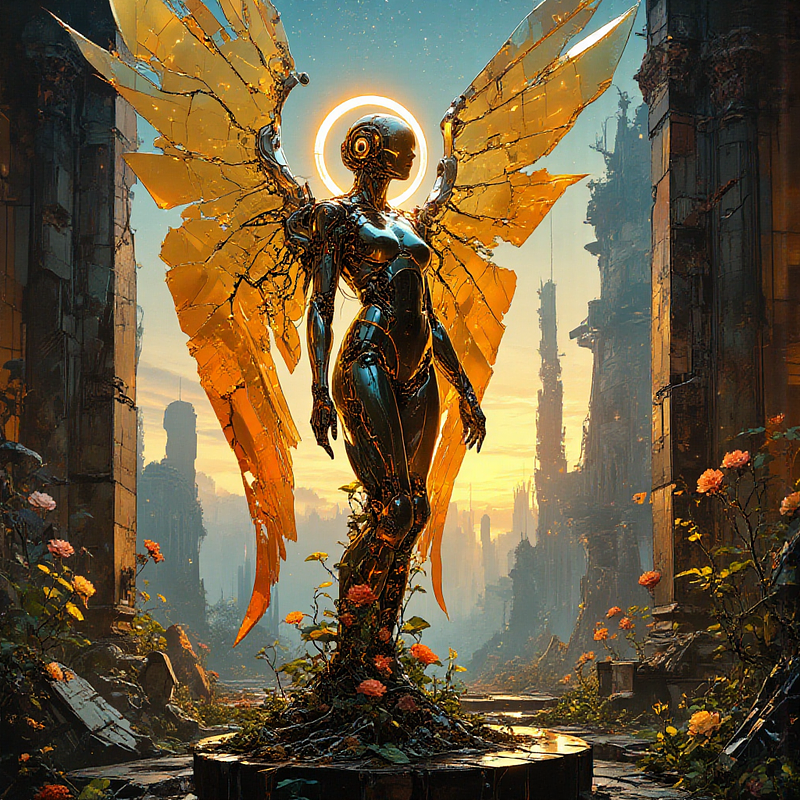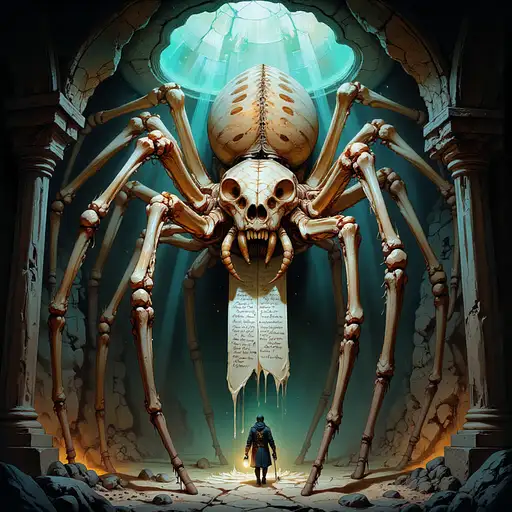
7 months ago
Inside a vast, empty gallery with smooth black walls and polished floors, a single white canvas hangs isolated on a jet-black wall. From afar, it appears blank—but up close, an impossibly intricate hand-drawn maze in faint charcoal lines covers its surface, barely visible. A lone figure, dressed in black, stands before the canvas. Their elongated shadow merges seamlessly into the floor, dissolving into the void. Above, a narrow skylight slices the space with a focused beam of pure white light, dividing the gallery into two stark halves—light and darkness. Dust floats gently in the air, catching the light like falling snowflakes. The only visible objects—crumpled paper near the figure’s feet, subtle breath vapor—exist solely in black and white, with no color, only contrast. There are no grays, only presence or absence. Everything in this world is shaped by what is not there: silence between thoughts, space between shapes, light’s gravity on emptiness. Meaning is found in the void between visible and invisible. Style: minimalist surrealism, conceptual abstraction Palette: pure black & white, soft shading gradients only from lightfall Lighting: high-contrast key light from skylight, deep ambient void Mood: meditative, existential, soft melancholy Composition: rule of thirds, empty center frame, high symmetry with void offset Visual Elements: lone canvas with hidden charcoal maze, black-clad figure, merging shadow, floating dust, quiet gallery architecture Themes: memory, perception, void, silence, duality of presence/absence Rendering style: ultra-high-resolution ink-detailed rendering, soft monochrome cinematic photography, Unreal Engine grayscale setup, volumetric dust with ray-traced lighting





